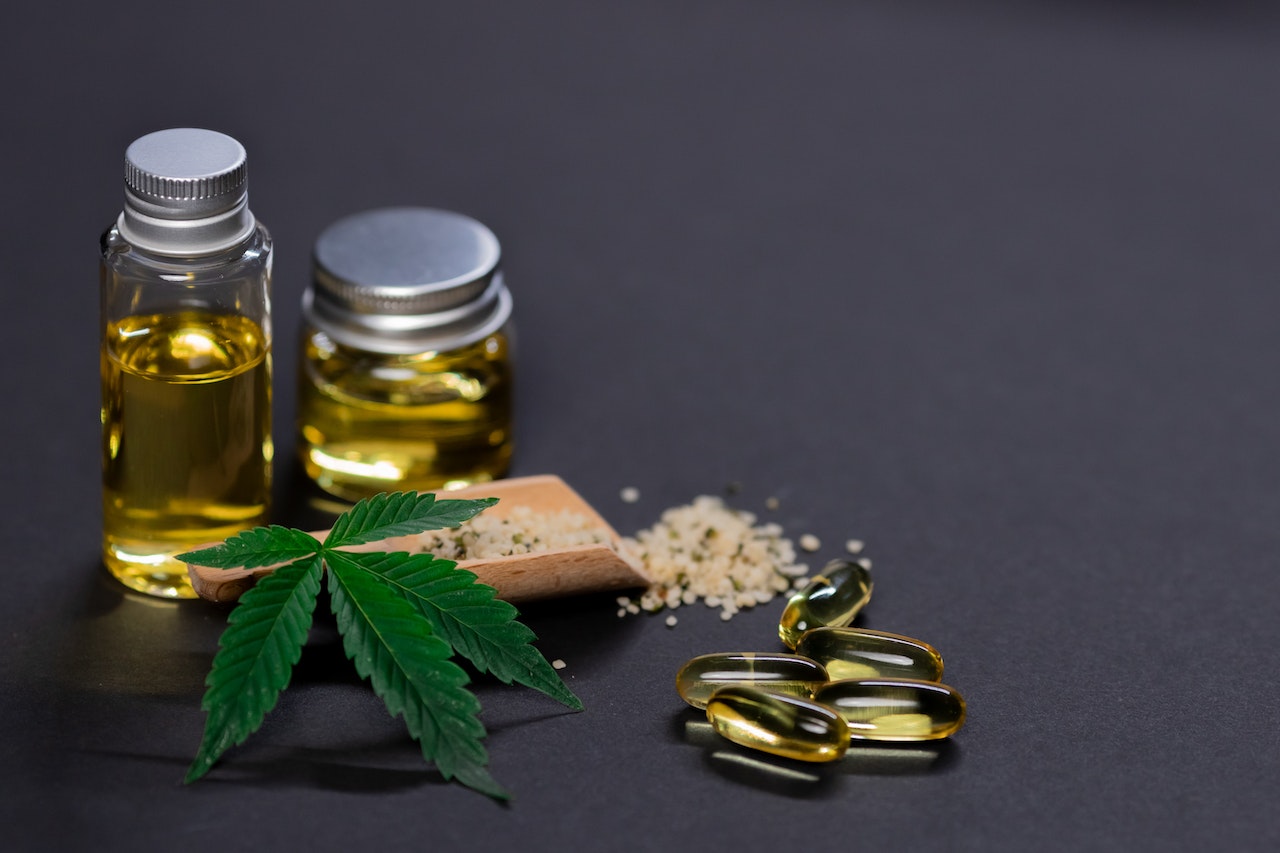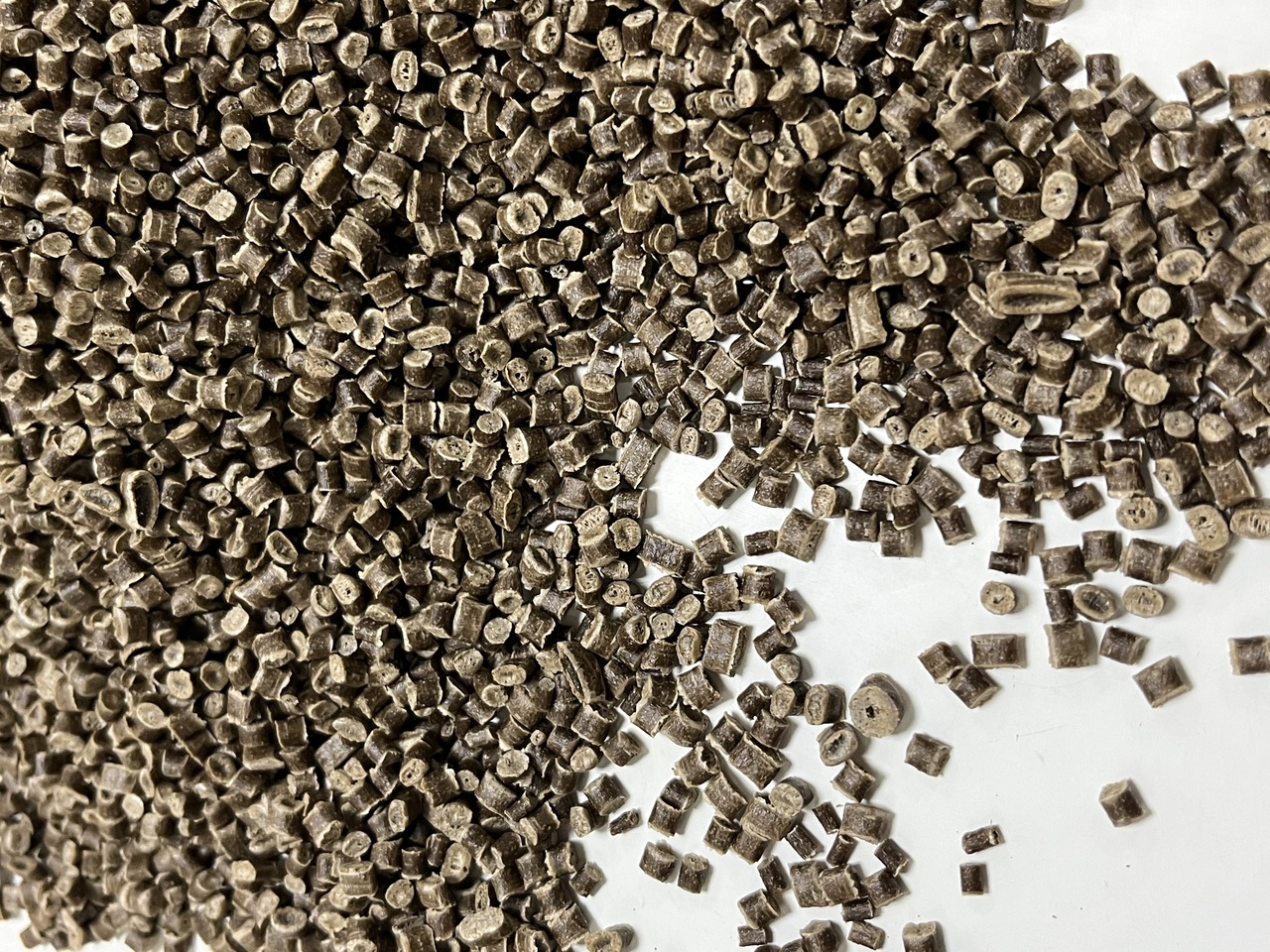From Farm to Factory: The Journey of Hemp Bio Plastic Production
The global demand for sustainable alternatives to traditional plastics has led to the rise of hemp bio plastic as a promising solution. Derived from the versatile hemp plant, hemp bio plastic offers numerous environmental benefits, making it an attractive choice for various industries.
By understanding this process, we can appreciate the sustainable practices involved and the positive impact of hemp bio plastic on our environment.
The increasing interest in hemp bio plastic
There is growing interest in the use of biodegradable and sustainable materials such as hemp bio plastic as an alternative to conventional synthetic plastics. The increasing interest in hemp bio plastic is driven by its potential to address environmental concerns, reduce carbon footprint, utilize a renewable resource, offer versatile performance, and align with regulatory support and market demand.
For example, hemp fibers can be used in textiles, paper production, and even as a building material. Hemp is fast-growing and requires little water or fertilizers to grow successfully, making it a more environmentally-friendly crop compared to others.The market for hemp bio plastic in packaging is growing, and there is a lot of interest in these materials as a more sustainable option.

Hemp fibers can be used in textiles.
As the world seeks greener alternatives, hemp bio plastic emerges as a promising material that can contribute to a more sustainable and eco-friendly future.
Hemp as a Sustainable Resource
Hemp is a type of Cannabis sativa plant cultivated for various industrial uses including textiles, paper, building materials, and biodegradable plastics. Hemp is emerging as a sustainable resource with numerous applications across various industries. Its versatility, eco-friendly nature, and abundance make it an attractive choice for sustainable development.
Renewable and Fast-Growing
Hemp is a renewable resource that grows quickly, typically reaching maturity within four months. It requires less land, water, and pesticides compared to other crops, making it an environmentally friendly choice. Its rapid growth cycle allows for multiple harvests in a year, maximizing its yield potential.

Carbon Sequestration
Hemp plants are known for their ability to sequester carbon dioxide from the atmosphere. During photosynthesis, hemp absorbs more carbon dioxide than it releases, helping to mitigate climate change. This carbon sequestration potential makes hemp cultivation beneficial for reducing greenhouse gas emissions.
Soil Regeneration
Hemp has deep roots that help aerate the soil and prevent erosion. It has a beneficial impact on soil health, as its cultivation can reduce soil compaction and improve its structure. Hemp also acts as a natural weed suppressor, reducing the need for herbicides and promoting organic farming practices.
Versatile Applications
Hemp offers a wide range of applications, making it a versatile resource. Its fibers can be used to produce textiles, paper, rope, and building materials. Hemp seeds are a nutritious source of food and can be used in various culinary products. Additionally, hemp biomass can be utilized for biofuel production and as a feedstock for bioplastics.
Reduced Environmental Impact
Hemp cultivation requires fewer chemical inputs compared to conventional crops. It requires minimal pesticides and herbicides, reducing the impact on waterways and ecosystems. Furthermore, hemp plants have natural resistance to pests, reducing the need for chemical interventions.
Sustainable Farming Practices
Hemp cultivation aligns with sustainable farming practices. It does not require genetically modified organisms and can be grown organically. The crop also helps to diversify agricultural systems, offering economic opportunities for farmers and contributing to crop rotation strategies.
The fact that hemp is a biodegradable and compostable material further increases its sustainability and potential for use in bioplastics as hemp bio plastic and other sustainable products.
From farm to factory of hemp bio plastic
The production journey of hemp bio plastic involves several key steps, starting from the cultivation of hemp plants on the farm to the manufacturing process in the factory.
Let's take a closer look at the stages involved in the transformation of hemp into bio plastic:
- Hemp Cultivation: The journey begins on the farm, where hemp plants are cultivated. Hemp is a versatile plant that can be grown in different climates and requires minimal water and pesticides. Farmers carefully manage the growth of hemp, ensuring optimal conditions for healthy plant development.
- Harvesting: Once the hemp plants reach maturity, they are harvested. The timing of the harvest is crucial to ensure the quality and yield of the plant material. The stalks and leaves of the hemp plants are typically used in the production of bio plastic.
- Retting: After harvesting, the hemp stalks undergo a process called retting. Retting involves exposing the stalks to moisture and microbial activity, allowing the fibers to separate from the woody core. This process helps to extract the long and strong hemp fibers that are used in bio plastic production.
- Fiber Extraction: Once the retting process is complete, the hemp stalks are mechanically processed to extract the fibers. The fibers are separated from the woody core through a process known as decortication. This step yields long, durable hemp fibers that can be used as a reinforcement material in bio plastic production.
- Polymerization: In the factory, the extracted hemp fibers are combined with a bio-based polymer, typically derived from plant-based sources such as corn starch or sugarcane. The polymer is used as a matrix or binder to hold the hemp fibers together and give them structural integrity. The combination of hemp fibers and the bio-based polymer forms the base material for the bio plastic.
- Processing and Molding: Hemp bio plastic material is processed and molded into the desired shape using various techniques such as extrusion, injection molding, or compression molding. This step involves heating the bio plastic material to make it malleable and then shaping it into the desired form. The molded bio plastic components can be used for a wide range of applications, such as packaging, automotive parts, construction materials, and more.
- Finishing and Quality Control: After the molding process, the bio plastic components undergo finishing treatments, such as trimming, smoothing, or surface coating, to enhance their appearance and functionality. Quality control checks are conducted to ensure that the finished products meet the required specifications and standards.
Suggest other bio plastics with similar functionalities to hemp bio plastic:
- Coffee Bio Composite: an innovative material that combines coffee grounds with recycled plastics to create a sustainable and eco-friendly alternative to traditional plastics. The production process of coffee biocomposite involves collecting coffee grounds, which are a byproduct of coffee production, and combining them with recycled plastics, typically polypropylene (PP) or polyethylene (PE).

Bio-composites made from coffee grounds.
- PLA (Polylactic Acid): a bio-based plastic derived from renewable resources such as corn starch or sugarcane. It is known for its biodegradability and can be used in various applications, including packaging, disposable cutlery, and textiles.
- PHA (Polyhydroxyalkanoates):a group of biodegradable polymers produced by microorganisms. It offers similar properties to traditional plastics and can be used in applications such as packaging, agricultural films, and medical products.
- PCL (Polycaprolactone): a biodegradable polyester derived from petroleum or renewable resources. It has a low melting point, making it suitable for 3D printing applications. PCL is used in various industries, including packaging, medical devices, and textile coatings.
>>>> Learn more at: Embracing Change: Bioplastics Solutions for a Circular Economy
These bio plastics provide sustainable alternatives to traditional plastics and share similar functionalities to hemp bio plastic in terms of biodegradability and eco-friendliness.
Contact us
AirX is the world's first carbon-negative bio-material made from coffee grounds manufacturer.
We specialize in producing bio-based composites using recycled carbohydrates derived from by-products such as coffee grounds, coconut husk, husk, and bamboo. Our goal is to promote sustainability through the use of eco-friendly materials.
We are always here to help and provide the best service possible. If you have any questions or would like to receive advice and feedback directly from our sales staff, please do not hesitate to contact us. You can reach us through:
- Whatsapp: +84 969 742 950
- Email: [email protected]
We look forward to hearing from you!

